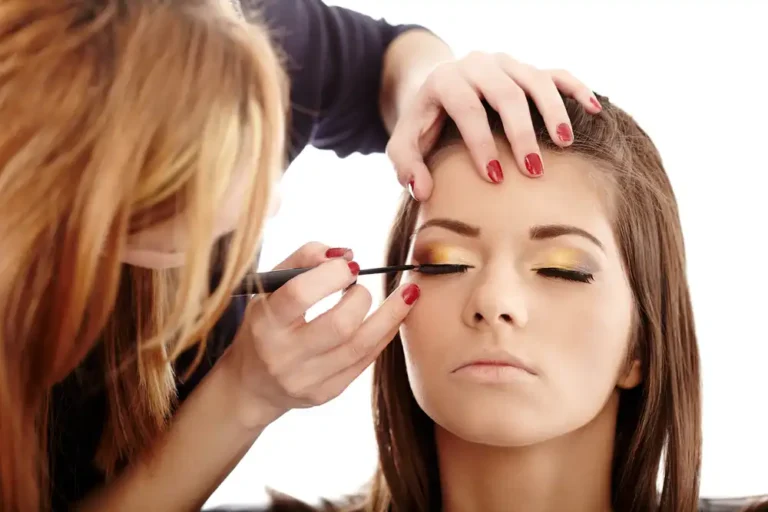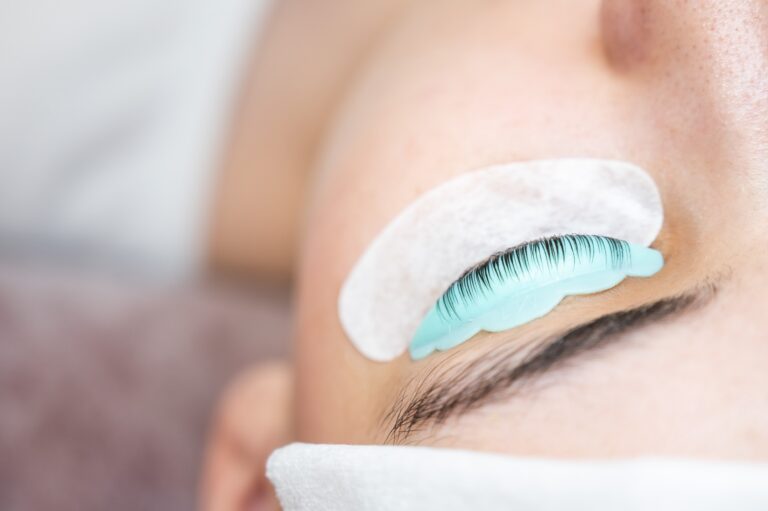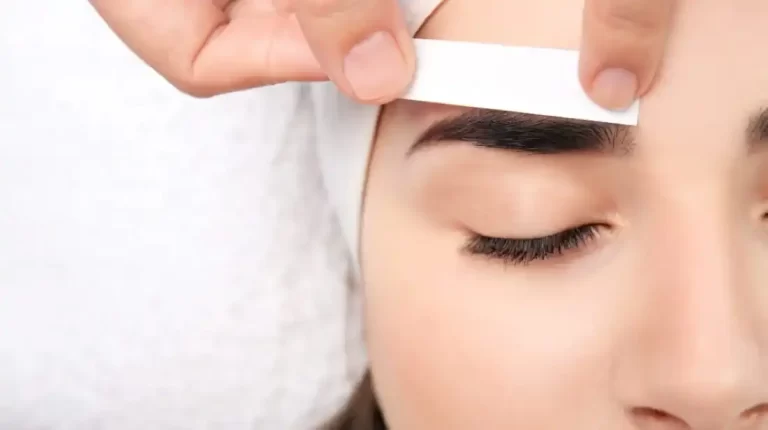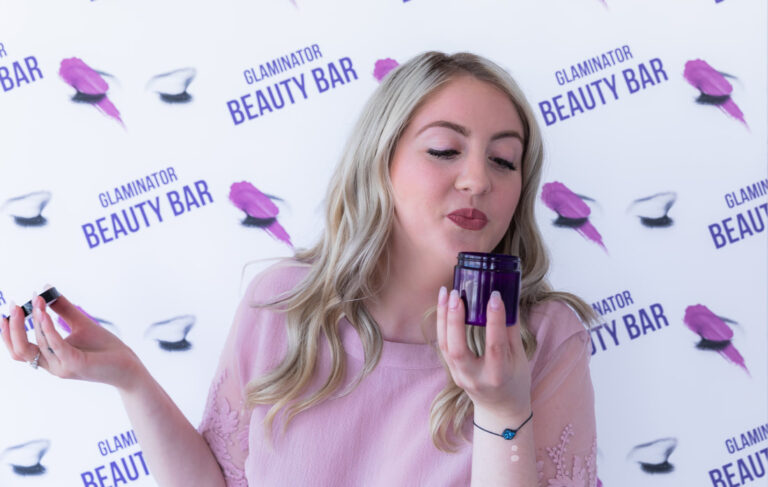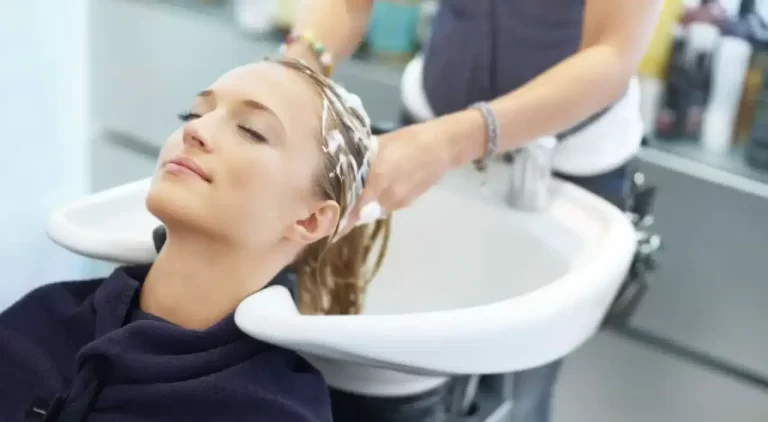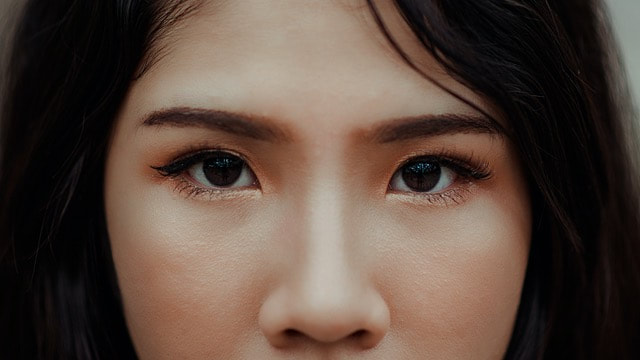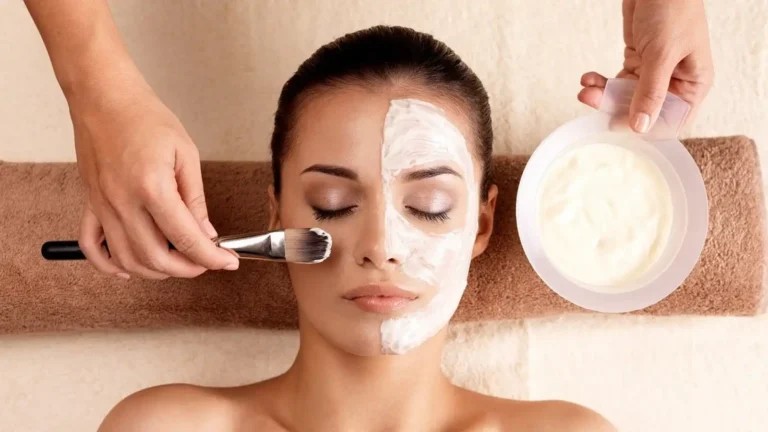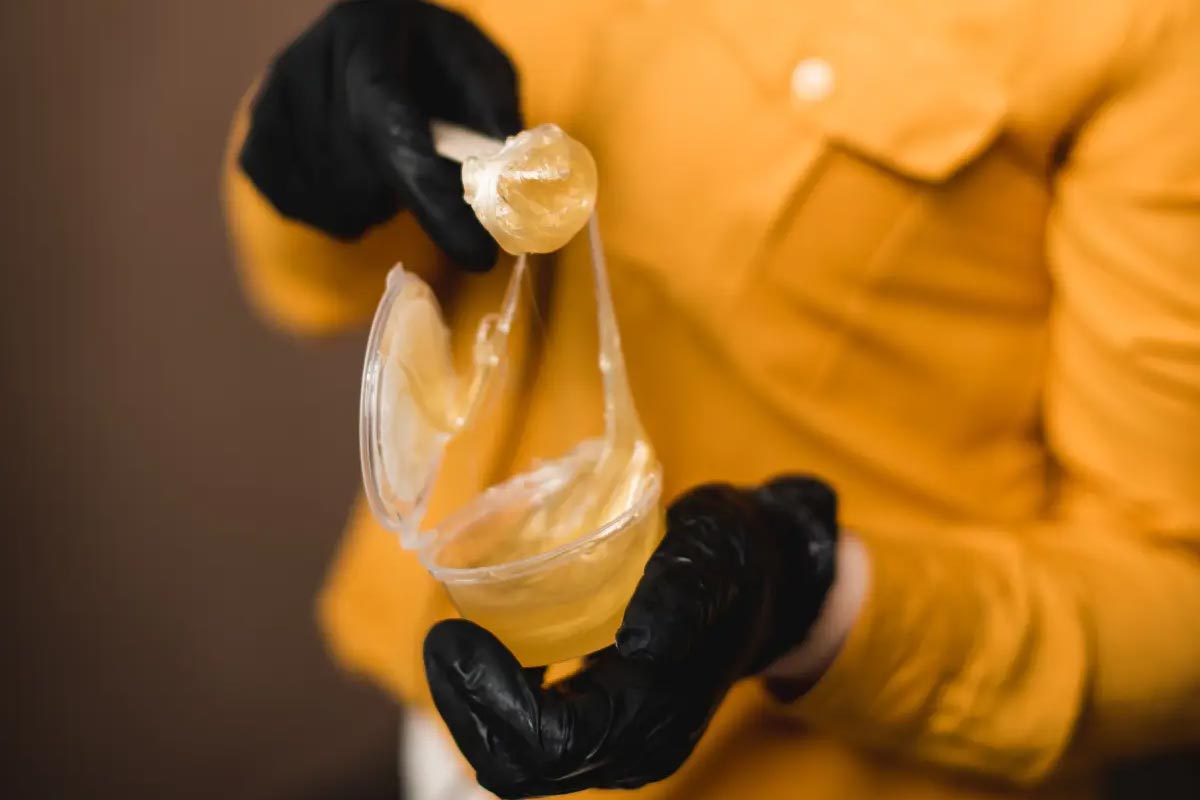
It is understandable why people experience inflammation post-waxing. The sudden and forceful removal of hair causes stress to the surrounding skin, and it might require special healing and care.
While it is often a good idea to let the skin be, there are certain tips that help reduce the swelling and ease the recovery period. Let’s skim through some of the essential steps to care for your skin after waxing.
Avoid touching Ingrown Hair
Waxing results in increased sensitivity for the affected regions and visible red bumps in the form of ingrowns. While it might be enticing to remove these bumps, it is imperative that they are not touched or played around with. Scratching and rubbing might leave behind unwanted blemishes on the skin.
Instead of poking and prodding the ingrown hair, wait for a few days and have them examined by an aesthetician.
Use Cold Compresses
In order to soothe the post-waxing irritation, make a DIY cold compress by wetting a small towel in a plastic bag and freezing it. Once cold enough, this can be applied on parts of the skin experiencing redness, swelling or inflammation.
Ice cubes also work wonders in soothing the irritation and mellowing the red appearance. If direct contact with an ice cube feels too cold, soak it in a sponge and apply that instead.
Wear Comfortable Clothing
Loose clothing prevents unnecessary contact with fiber materials that might aggravate the irritation via sweat and friction. Therefore, it makes sense to opt for natural fibers like cotton that are way gentler on the skin than spandex or polyester.
It is often seen that gym-wear made of spandex does not let the skin breathe properly. So skip gym sessions altogether as workouts will cause added friction and make matters worse.
Soothe and Exfoliate But Patiently
Exfoliating right after waxing can result in micro-abrasions, owing to the extra sensitive skin. After a couple of days, use a homemade sugar scrub to soothe the irritation and also prevent further formation of ingrown hair. Such DIY scrubs only require mixing sugar with half a cup of coconut or olive oil, and should be gently rubbed on the affected regions.
Squeezing an aloe vera plant’s leaf essence directly onto the affected area also soothes inflammation and redness. Not only does Aloe Vera pacify excess irritation, it also hydrates the skin, which makes its use perfect after getting waxed.
Moreover, tea tree oil is another viable alternative, but may clog pores in the initial days, and so, should be reserved for late-forming irritation.
Conclusion
Another bonus tip is to apply lots of sunscreen and avoid the sun for the first few days. This is mainly because waxing makes the skin prone to sun damage by stripping the outermost protective layer.
The key is to space out the waxing appointment to align with the hair’s natural growth cycle, and ensure routine cleansing & exfoliation to avoid post-waxing pain.
Looking for more such beauty and self-care treats? Head over to GLAMINATOR BEAUTY BAR right now.

